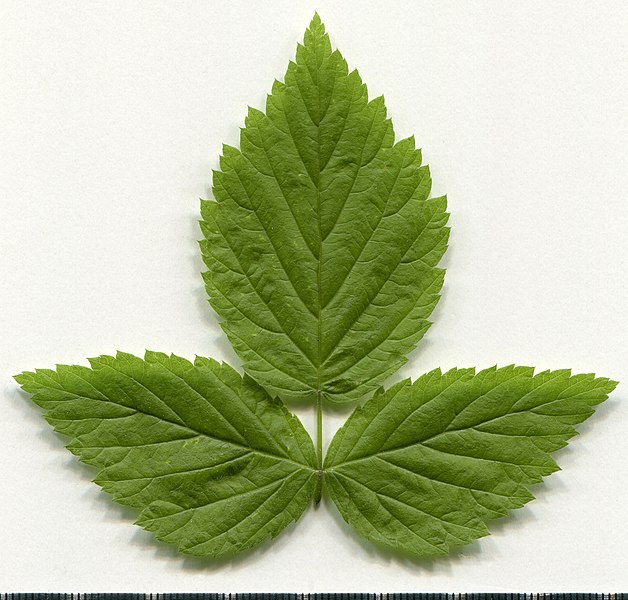Red Raspberry Identification – Rubus idaeus
Heads up
When thinking about fruits in the wild, the Red Raspberry is a standout, both in taste and appearance. The Red Raspberry goes by its scientific name Rubus idaeus. This plant belongs to the Rosaceae family, or rose family. Apart from its scientific name, it’s commonly called the American Red Raspberry or Common Red Raspberry.
Red Raspberry: Key Parts in Photos



Where to find it
If you’re on a hunt for wild raspberries, head to areas where they thrive. Red Raspberries love both sunlight and part shade. You’ll usually find them in places with moist to dry soil. Keep an eye out in open woods, the edges of woodlands, meadows, and by lakeshores. If you’re an urban explorer, you might spot them along roadsides or even near railroads.
How to identify Red Raspberry
The Red Raspberry isn’t a tall plant. It usually grows to a height of 3 to 4 feet. They have a presence that’s hard to miss when in bloom or fruiting.
The flowers of the Red Raspberry are grouped in loose clusters of up to 8. These clusters sit at the tips and upper parts of stems. Each flower is white and is about half an inch wide, with five petals. Interestingly, these petals fall off quite early. Inside, you’ll notice many styles surrounded by white stamens. The raspberry flowers have green sepals that are longer than the petals and have a tail-like end. These sepals, along with the flower stalks, are covered in small hairs.
The Red Raspberry’s leaves grow alternately on the stem. The leaves are made up of smaller leaflets. Typically, there are three or five leaflets on each leaf. The leaves are a bit rough on top and silvery underneath. The new growth stems have stiff little hairs, mixed with softer ones.
When ripe, the Red Raspberry fruit is a purplish-red cluster of juicy druplets. The raspberry can be easily plucked off its base, unlike some other fruits. And if you’ve tasted one, you know just how delightful they are.
